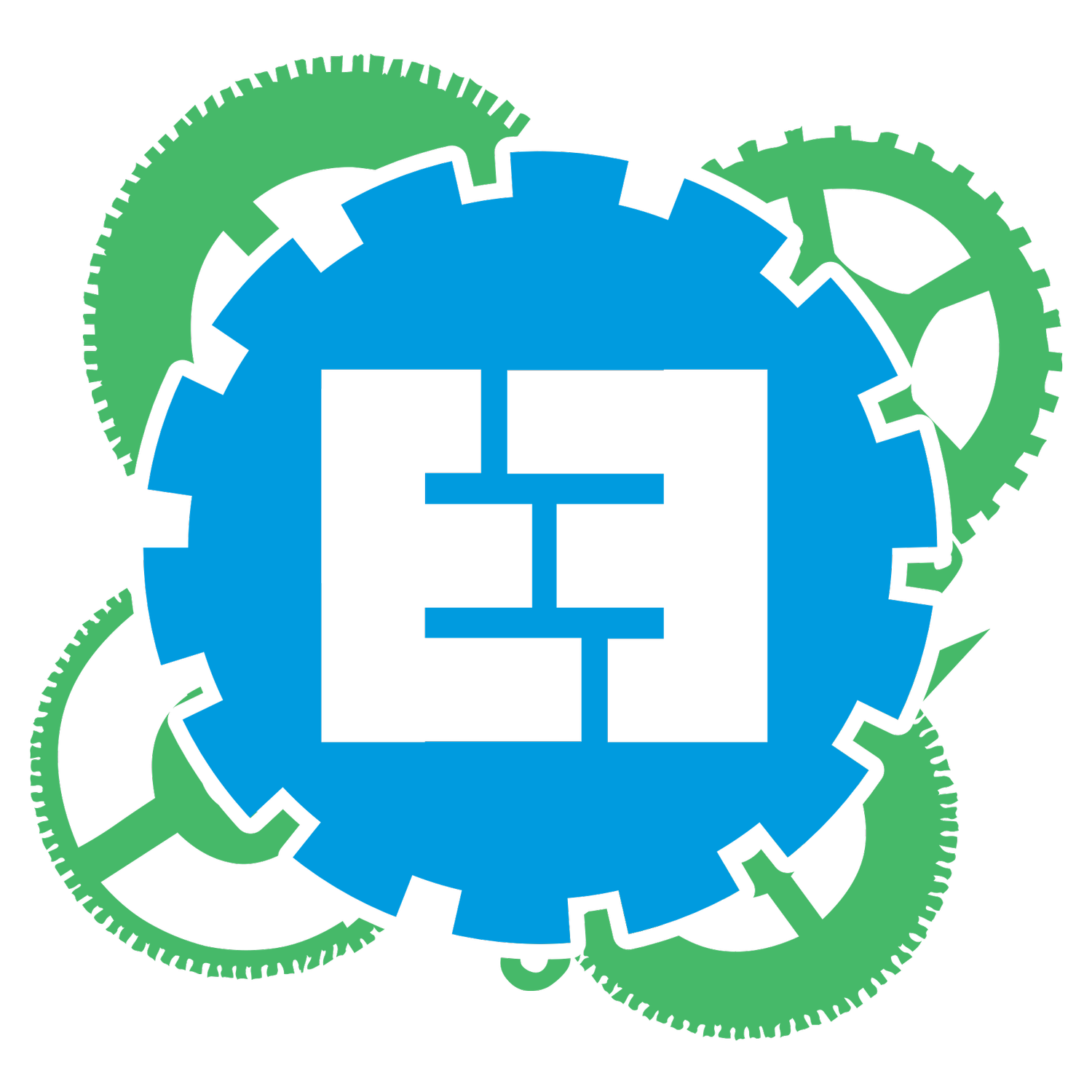
Training the Next Generation of Engineers
To be knowledgeable about, and aware of, the needs of individuals with disabilities.
Who We Are
Enabling Engineering is a student organization that designs and builds low-cost devices to improve the lives of older adults, individuals with physical and cognitive disabilities, and the caregivers who assist them.
Our projects aim to empower affected individuals by giving them greater independence, reducing medical burdens, and increasing social connectedness.
What We Do
Our students collaborate with clients on projects that provide greater independence, reduce medical burdens, and increase social connectedness. We help family members, clinicians, and teachers care for people with disabilities.
We seek to support this population via low cost, customized solutions that empower individuals by giving them greater independence, reducing medical burdens, and increasing social connectedness.
We’re open to all students.
Whether you're a fifth year who's already heard about us, or a first year looking for an interesting club to join, we can use your help.
As a member of Enabling Engineering,
You'll gain design experience and use your skills to make a difference in a disabled person's life.
Highlight of Our Past Projects
-

Adaptive Guitar
The client has limited use of the left side of his body, but wishes to play the acoustic guitar. We have been tasked with creating an apparatus that allows the one-handed usage of an acoustic guitar. Rather than creating an apparatus that strums and holds down the chords, our new approach involves making an apparatus that has a foot pedal, so the client is free to hold the chords down with his hands.
-

Wireless Home Activity Monitor (WHAM)
Virtual reality active video games (AVGs) are popular physical therapy interventions for children with hemiplegic cerebral palsy because they motivate children to engage in repetitive arm movements. The team developed the a device uses an Arduino microcontroller, a 3-axis accelerometer, and an optical heart rate monitor to measure and report heart rate and movement data.
-

Communication Button
A four-year-old child at the For His Children Orphanage in Ecuador with autism is nonverbal and partially blind needs an effective way to communicate with his instructors. Designed a communication button modeled after the Staples Easy button. The device—allows him to effectively communicate with his caretakers. Instructors can record a word or phrase, and the child can get the device to replay it by pushing the button.


